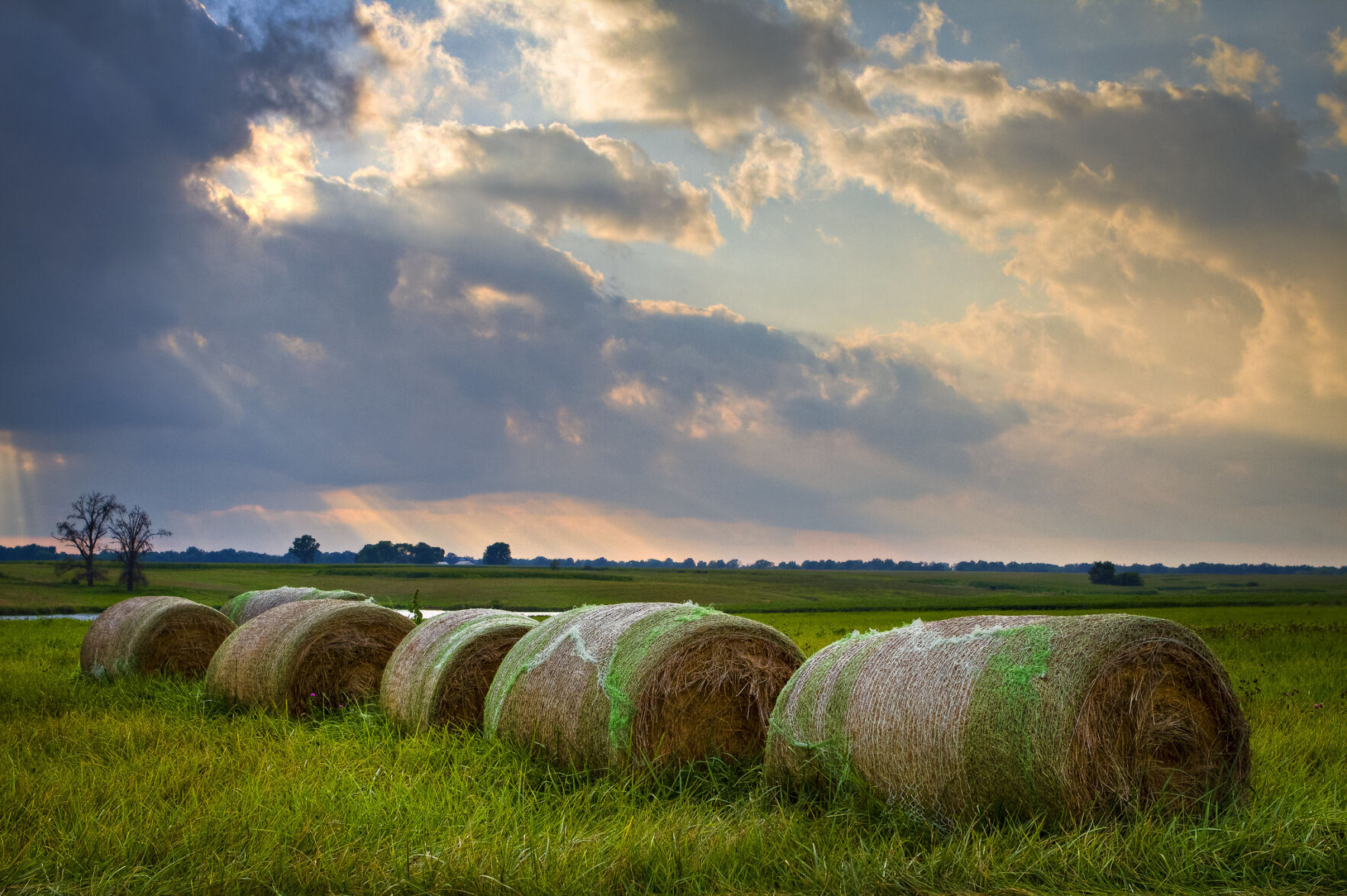State-By-State Hay Summary

Colorado—In the April 11 report, compared to the last report, trade activity light on light to moderate demand. Stable hay sold mostly steady.
Missouri—In the April 11 report, compared to last report, still a fair amount of hay moving, high quality grass hay suitable for equine finding good demand. Alfalfa and beef quality hay demand mostly moderate. The supply of hay is light to moderate, and prices are mostly steady. Starting to see a good amount of field work taking place as weather allows. A lot of fertilizer has gone down on pastures and hay fields now. Hay harvest has started in some of the southern coast states now but still at least a month away from any new hay in the state.
Nebraska—In the April 11 report, all reported hay sales sold steady on a very thin test. Demand was light. Several hay producers are holding over several tons of hay. Many stated they have at least 1,500 or more tons of hay left to sell from the 2023 production year. Some hay getting shipped to states in the southeast parts of the country. Some hay producers are gearing up to plant alfalfa this spring on irrigated pivots. Some corn planting just getting underway in the eastern areas of the state with talks of soybean planting too. Light rain and some snow in different parts of the state early in the week. Many parts of the state could use some more moisture as the winds have been brisk and several areas are in a fire danger. But overall the drought monitor shows the state in a lot better shape than it was this time last year.
Oklahoma—In the April 12 report, compared to the last report, the demand and trade remain low. The first crop of new hay is beginning to be cut and baled. There are still barns full of old-crop hay which is causing hay to continue to lower in price entering into the new hay season. Next report will be released April 26.
Texas—In the April 5 report, compared to last report, hay prices are mostly steady to weak on old crop hay. Trading activity was moderate on moderate demand. Hay prices are moving lower across most of the regions as first cutting is approximately a month away, so producers are looking to move old crop stock piles. High winds moved across most of the state last week and some spotty rain showers were reported in the north, central, and southeast regions. Spring field prep is underway in most regions. Pasture and rangeland conditions are mixed, with spotty moisture and warmer temperatures helping boost spring growth. The winter wheat crop in the Panhandle finally got some good moisture late, which has spurred some late season growth. Next report will be released April 19.
South Dakota—In the April 12 report, compared to last report, hay is starting to pick back up slightly in the area and farmers are hoping that demand will continue to pick up in the next month with their first cutting getting close. It is supposed to rain the beginning of next week and some areas are supposed to get up to two inches of rain, other than that it is supposed to be hot sunny days next week.
New Mexico—In the Nov. 24, 2023 report, compared to last report, alfalfa hay steady. Trade active, demand good. The the state is 73% complete with fifth cutting, 54% with sixth cutting. Most parts of the state are wrapping up harvest for the season. According to New Mexico Crop Progress report as of Nov. 12, 2023. Hay and roughage supplies improved slightly from the previous week but remained in worse condition than prior years. Hay and roughage supplies were observed to be 25% very short, 42% short, 30% adequate, and 3% surplus. At 14% very short, 37% short, 45% adequate, and 4% surplus, stock water supplies were on par with the 5-year average. This is the last report for the season, reports will resume in spring 2024.
Wyoming—In the April 11 report, compared to last report, all reported hay sold steady. Demand was light. Several contacts stated they have anywhere from 1500 to 2000 tons of hay still left to sell from the 2023 production year. Some are thinking of tarping left over piles of hay. Next report will be released April 26.
Montana—In the April 12 report, compared to last report, hay sold generally steady this week. Demand for hay remains light, but was more robust compared to previous weeks. Hay supplies of feeder quality hay remain heavy, but increased interest and some buying is giving producers breathing room as summer inches closer. Producers remain willing to carry over hay as snowfall has been light this winter and many still have drought and irrigation water concerns going forward. The best demand for feeder quality (utility and fair) hay remains around $140.00-150.00/ton delivered. Demand for straw is light as heavy straw supplies continue to be seen especially in the northern portion of the state.



